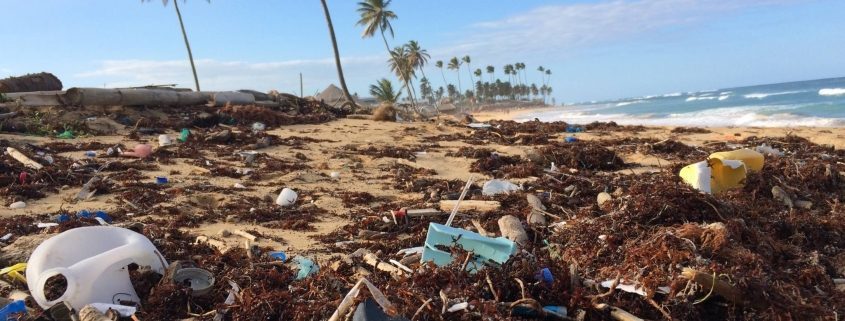Saving the Oceans, One Garbage Patch at a Time
The biggest landfill in the world isn’t actually on land.
It’s in the Pacific Ocean, floating between California and Hawaii, and it’s known as the Great Pacific Garbage Patch. Current estimates conclude it’s the size of Texas. It’s also not the only one of its kind, though it is by far the largest.
What Is a Garbage Patch?
A garbage patch in the ocean is the natural gathering point of trash and plastics where rotating currents and winds converge to create a vortex of trash, known as a gyre. Over time, the plastics break down to smaller particles, just a few millimeters. These float on or near the surface of the ocean much like oil spills, and unfortunately, evidence shows they’re entering the food chain via fish and other marine life. If unchecked, reports say the world’s oceans, by 2050, will contain more plastic than fish.
Why You Should Care About Garbage Patches
Samples by the Ocean Cleanup, spearheaded by the young Dutch engineer and CEO Boyan Slat, show plastics in the patch date as far back as 40 years. During an expedition in 2015 to gauge the size of the Great Pacific Garbage Patch, scientists measured the depth and size of the patch, and witnessed first hand plastics being eaten by marine life. If those fish are caught, they have a very real chance of being consumed by humans.
Technology and Innovation To the Rescue
The Ocean Cleanup has a different plan, however, and thanks to more than $30 million in crowdfunding and donations, they’ll use technology developed by Slat in 2013, when he was just 18, to deploy a series of arrays—a mobile drifting system made up of hard-walled, recyclable pipe with an attached screen designed to catch the plastics and trash. The arrays are not fixed to the sea floor, and they use the same currents that accumulate the trash in one place to corral it. Because the system moves with the currents and winds, it is extremely flexible to whatever the ocean can throw at it, making it more durable than vessels and nets. Vessels and nets would take thousands of years and billions of dollars to complete the cleanup.
Designed to catch debris as small as a centimeter before it can break into dangerous microplastics, and as large as discarded fishing nets tens of meters in size, Ocean Cleanup originally planned to deploy their arrays by 2020 with the promise of cleaning up 50% of the Great Pacific Garbage Patch in 10 years. On May 11, 2017, Slat announced that not only would Ocean Cleanup be able to deploy 2 years ahead of schedule in mid-2018, but that improvement to the design of the arrays meant they’d reach the 50% cleanup marker in only 5 years.
A test deployment is scheduled for late 2017, and when testing is complete, the full system will be deployed to begin its mission of cleaning up the Great Pacific Garbage Patch. Through reduction of plastics usage at the source and the innovation of Ocean Cleanup, instead of more trash than fish, we could see plastic-free oceans by 2050.




